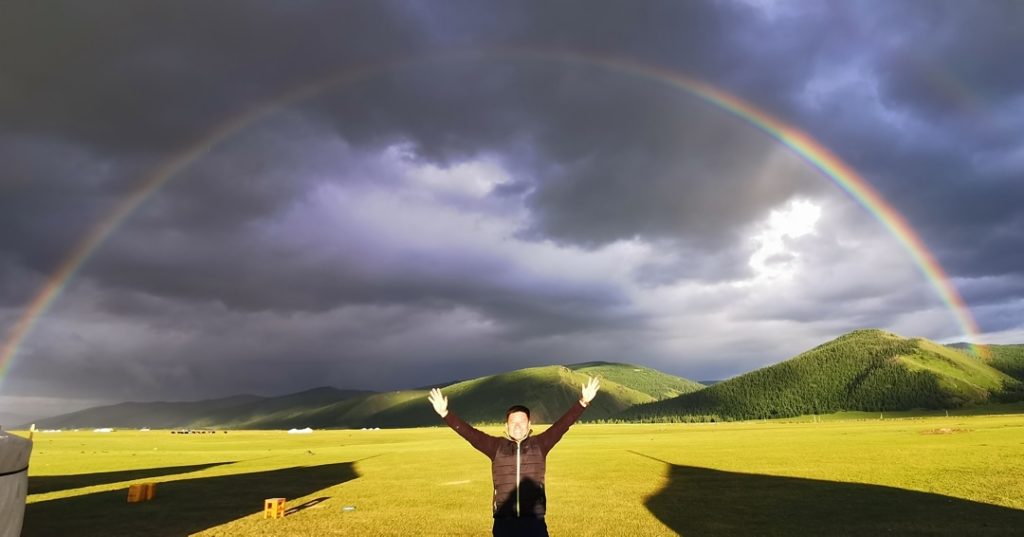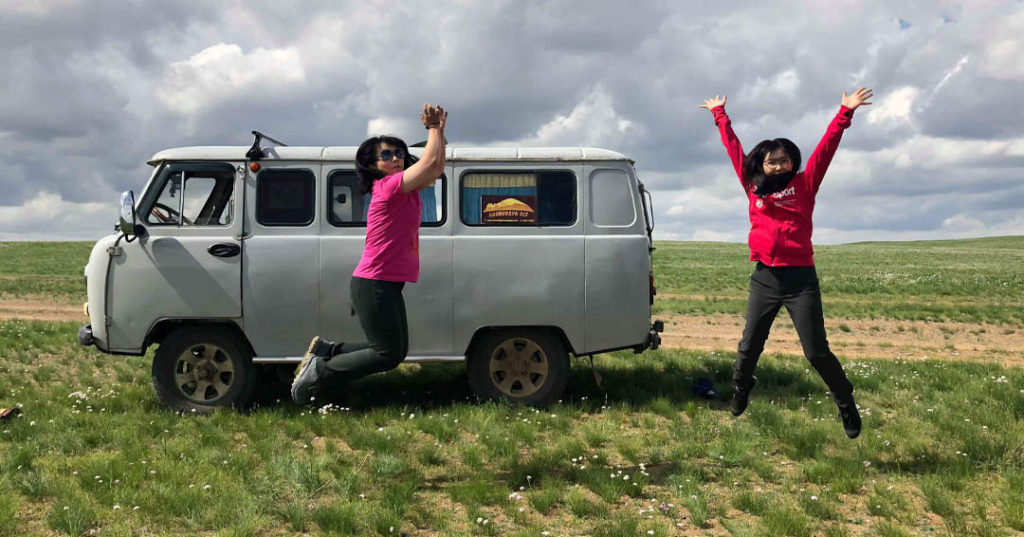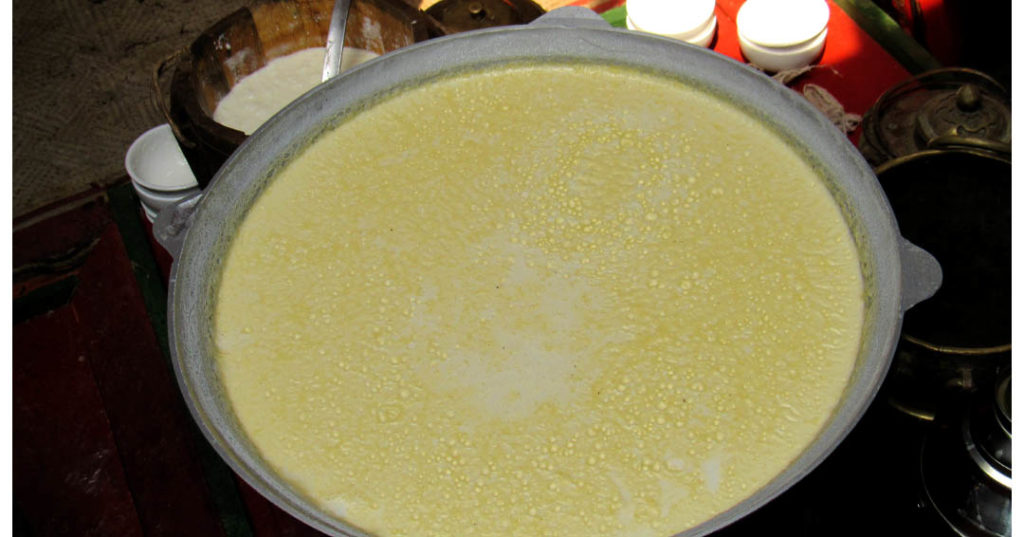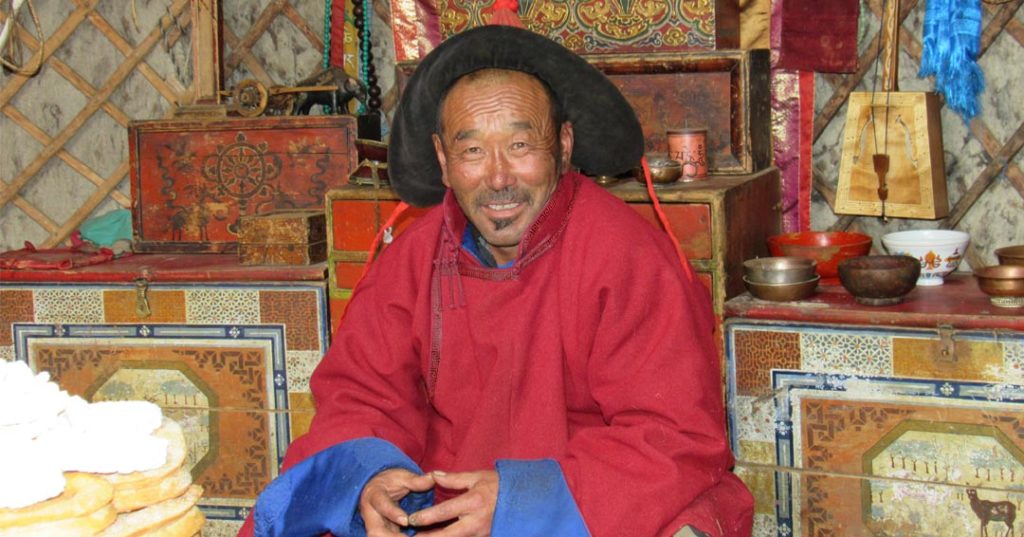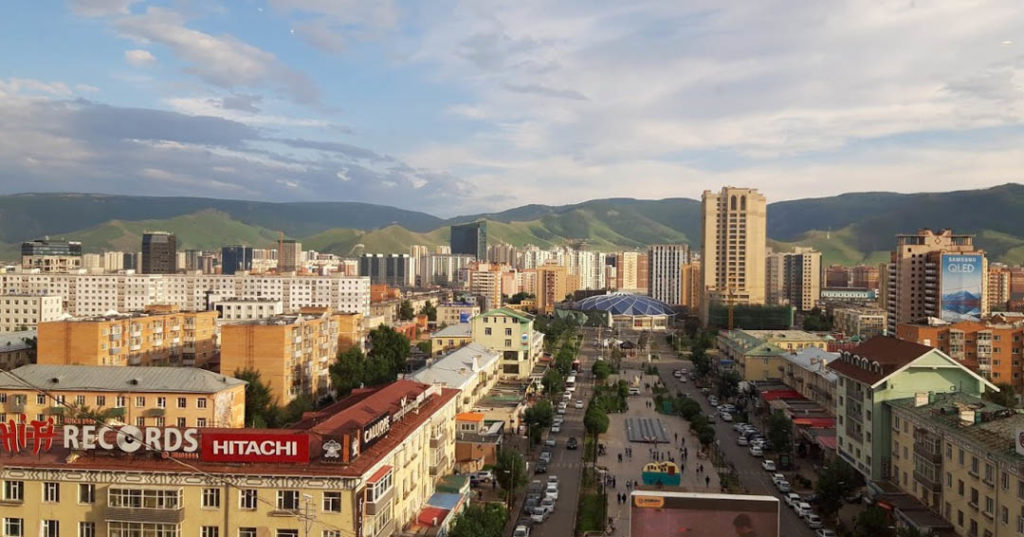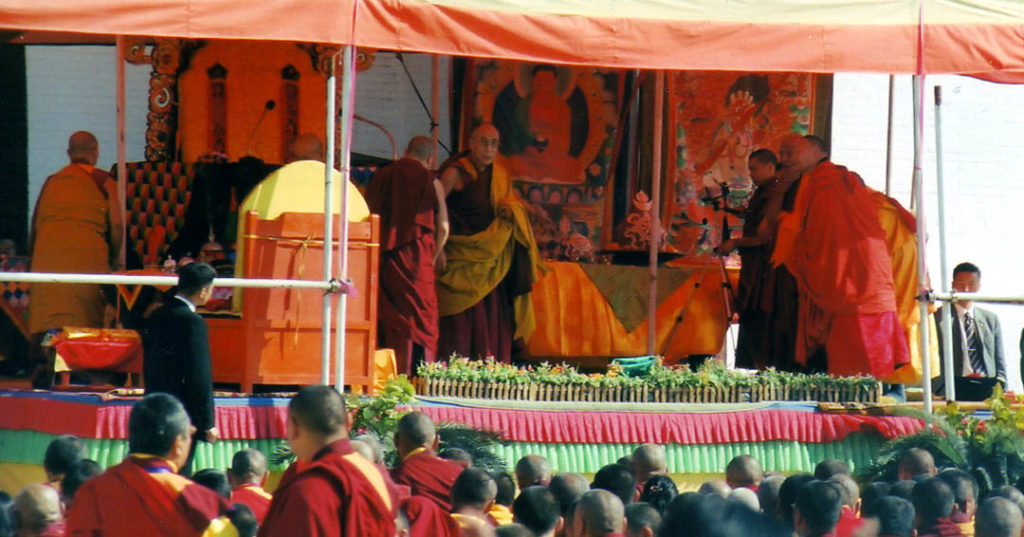MONGOLIA
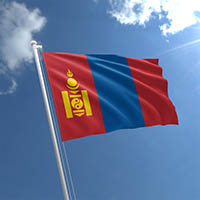
Mongolia is a landlocked country located between China and Russia. The capital city is Ulaanbaatar, sometimes spelled Ulan Bator. Mongolia is more than twice the size of Texas and nearly as large as Alaska. Its total area is about 1.6 million km² (603,000 mi²), making it four times the size of Japan and almost double that of Eastern Europe. This makes Mongolia the sixth-largest country in Asia and the 19th-largest in the world.
Despite its vast size, the population is only about three million, making Mongolia one of the least densely populated areas in Asia. Almost half of the population lives in the capital city, Ulaanbaatar, leaving much of the country open and largely untouched.
Rest of the population is scattered across the countryside, living alongside Mongolia’s 56 million head of livestock — sheep, goats, cattle, horses, and camels. Mongolia is divided into 21 provinces, called aimag, each with a central town or city, and about 15–22 sub-provinces, known as soum (counties).
Mongolia has a young population: about 70% are under the age of 35, and the gender balance is relatively equal. Ethnically, 84% are Khalkha Mongols, 6% are Kazakhs, and the remaining 10% belong to other ethnic groups.
Mongolia is a vast, open landscape where land and sky seem to meet. It remains one of the last places on Earth where nomadic life is still a living tradition. For over 3,000 years, the people of the steppes have led a pastoral way of life, moving in search of better pastures and campsites.
Mongolians traditionally raise five types of livestock: sheep, horses, cattle, camels, and goats. Horses, in particular, are highly respected and seen as true companions. Nomadic families typically move two to four times a year, depending on the condition of pastures for their livestock. They live across a broad range of environments — from forests and steppes to the edge of the Gobi Desert.

